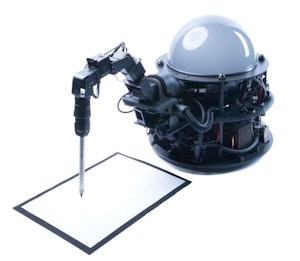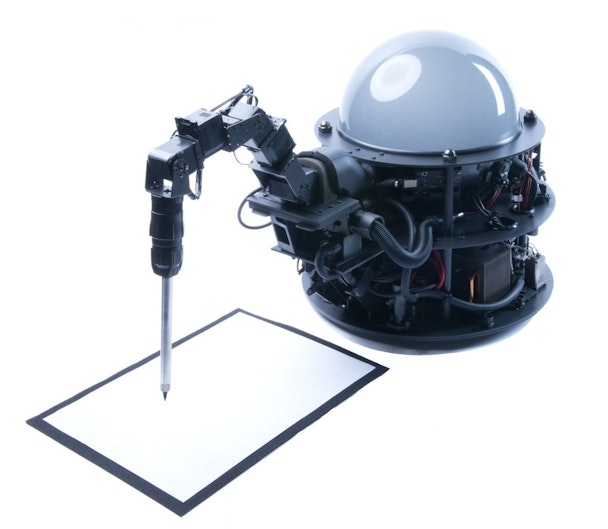Why AI and marketing machines always need a human chaperone
The widespread fear that robots will gradually replace people in the workplace is far from unfounded if McCann Japan’s appointment of an artificial intelligence (AI) creative director is anything to go by.


The company’s newest employee, AI-CD β, can give creative direction on commercials based on historical data relating to previous TV shows and ads, fuelling concerns that AI and the efficiencies associated with it pose a real threat to jobs across the marketing and advertising industries. With almost half of UK jobs across all sectors thought to be under threat of replacement by smart machines over the next two decades, the outlook for employment seems increasingly bleak.
But the truth is machines simply aren’t capable of going it alone. At least not yet. No matter how extensive their data sources or how sophisticated their algorithms, human involvement is still necessary to ensure robots perform to the best of their ability.
So why, despite incredible advances in automation and marketing machines, will robots always need a human chaperone?
To manage and monitor risk
Despite the scale and efficiency which can be achieved through automation, marketing machines require continuous management and monitoring to manage risk. This was aptly demonstrated by Microsoft’s Twitter artificial intelligence bot, @TayandYou which used machine learning to become increasingly intelligent as it communicated with users on the social network. Within hours of launch, the bot was easily manipulated into posting abusive and controversial messages by Twitter trolls, illustrating both the need for continual monitoring and the fact that AI is as yet no substitute for the human mind.
This risk/reward factor can be translated to the programmatic world as well, where some may be tempted to leave algorithms to their own devices to learn and improve targeting. These rewards are truly achievable today, but the risks still exist. And for a marketer, the risk goes beyond a raunchy Twitter bot — it can mean hundreds of thousands of dollars lost within hours if left unchecked.
To fully understand audiences
With performance-based targets to hit, marketers are increasingly relying on advanced technologies such as programmatic media trading. But without also factoring in the human element, brands can fail to develop a true understanding of the dynamics and behavioural signals of their customer base. Artificial intelligence is capable of simple interactions with humans, but there are certain nuances in behaviour that only fellow humans can comprehend. If machines are left entirely to their own devices, they will ignore subtle consumer signals and pursue only conversions, risking brand reputation and customer loyalty.
While automation takes much of the heavy lifting out of media buying and is ideal for reaching audiences across a fragmented media landscape with relevant messaging, marketers must still aim for an in-depth understanding of which audiences are being reached, which creative tactics are most successful, which channels are most effective, and how these actions improve the consumer’s engagement with the brand. In order to reach these heights, humans are necessary.
To bring instinct and emotion
As valuable as data and analytics are, a human mind is required to interpret and act on the insights they provide. Marketing decision-making frequently goes beyond mathematical entities to tap into the less tangible resources of emotion and instinct. Only humans are capable of the conceptual thinking, ethical reasoning, anticipation, and empathy necessary for a truly brilliant marketing campaign. They also outperform machines when it comes to attributes such as adaptability and flexibility, which are vital in reacting to external events and unforeseen circumstances.
While machines don’t have the ability to lead marketing strategies by themselves, the combination of humans and robots is a powerful one that can produce a more efficient marketing landscape than ever before. Rather than fighting the threat of automation, marketers should work with technology to discover how to use it to their advantage, leveraging its many benefits in combination with their own innately human skills.
In embracing AI and marketing machines, the industry must strike a balance between maximum efficiency and human intuition. AI-CD β and the robots who are sure to follow it may well bring productivity and cost savings to the table, but humans will always be required to pull the levers.
Arthur Muldoon is co-founder of Accordant Media
